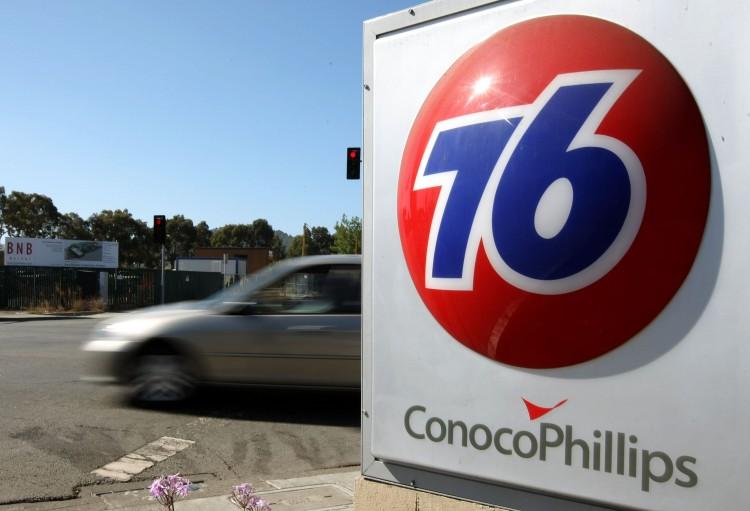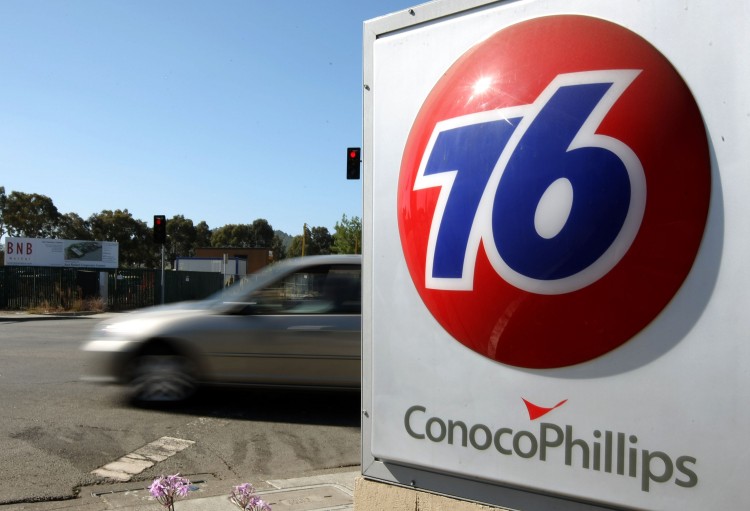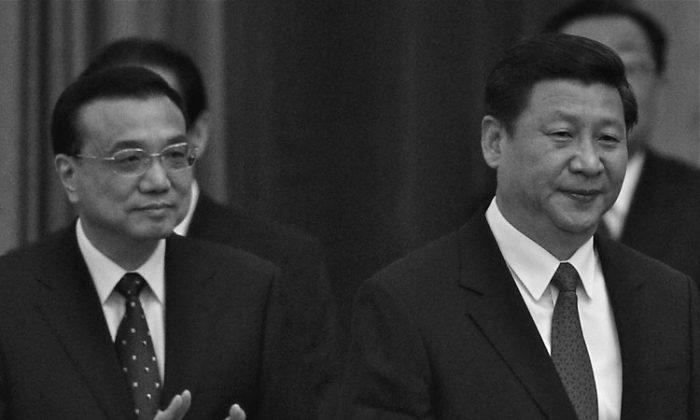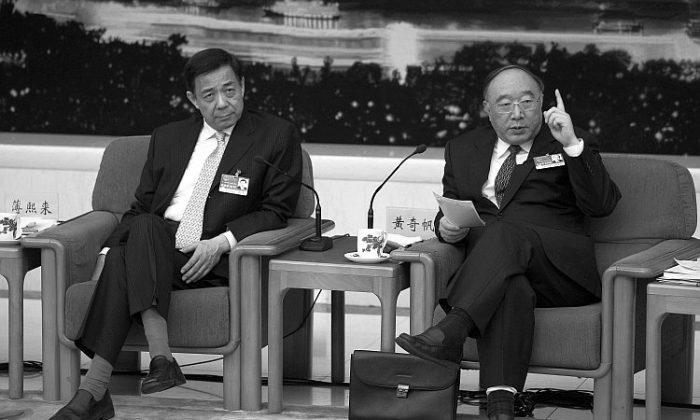Oil continued to leak from the Penglai 19-3 offshore oil field in Bohai Bay more than two months after the first spill incident. The oil field is jointly owned by state-owned China National Offshore Oil Corporation (CNOOC) and ConocoPhillips China (COPC), a subsidiary of Houston-based ConocoPhillips. COPC holds a 49 percent stake, and CNOOC holds the rest of the stake in the oil field.
Attorney Jia Fangyi has submitted a private lawsuit to three courts in Hainan, Shandong, and Hebei provinces on Aug. 9. Jia is asking that the two oil companies immediately stop polluting the environment and establish a 10 billion yuan (US$1.56 billion) compensation fund to clean up the pollution and restore the local ecology.
In an interview with Sound of Hope (SOH) Radio Jia said this is the first lawsuit in China involving public environmental interests, and its purpose is “to raise the attention of the public, media, judiciary, and government to collectively promote public interest litigation and prevent environmental pollution and damage.”
Jia said he has also sued the State Oceanic Administration for failing to inform the public about the disaster immediately after it happened, and instead concealing the spill and misleading the public.
Public not Informed
According to reports by Deutsche Welle and South China Morning Post, all three parties have been accused of deliberately covering up the spills for nearly a month after they occurred.
As oil spread to the beaches in Liaoning Province and Hebei Province in mid July, local authorities failed to warn the public about the ocean pollution and associated health risks.
An employee at the Ocean and Fishery Bureau of Suizhong County in Liaoning Province told The Epoch Times on July 20 that oil had been found in the area, but there were no warnings issued about swimming or eating seafood, or about fishing in shallow water.
Mr. Liang, a manager at the Repulse Bay beach in Jingtang Port in Hebei Province also told The Epoch Times that they had not received any notices from authorities.
“We get many tourists. Seafood has been consumed as usual, and the beach has been operating as usual,” Liang said.
Next...Fish Die-off
Fish Die-off
By Aug. 6, the oil spill had contaminated at least 5,500 square kilometers of sea water, according to China Network TV.
But large numbers of farmed fish and shellfish were already dying in mid July in Changdao County of Shandong Province, about 30 nautical miles away from the Penglai 19-3 oil field, Hong Kong’s Ming Pao said.
A local fisherman told Ming Pao that the seafood death rate was very high, and rarely seen like this in previous years. Soon after he spotted oil residues in the sea water at the end of June, 85 percent of his farmed scallops died, the man said.
A recent report by Deutsche Welle said that oil-covered seaweed could be seen everywhere on Penglai beaches in Shangdong Province, and large numbers of dead fish were floating on the water.
COPC promised on its website to do everything possible to clean up the spill, but environmental activist Shao Wenjie said it’s already too late. Shao told Deutsche Welle that Bohai Bay is an inland sea that has already been plagued by serious industrial pollutions.
“This oil spill has a huge impact on the ecological system, and it is difficult to assess it at the moment,” Shao said.
In July, ConocoPhillips initially estimated that around 1,500 barrels (240 cubic meters) of oil and oil-based drilling fluids had been released into the sea. But on Aug. 12, the company said that 2,500 barrels of oil and mud have been leaked from the Penglai 19-3 oil field.
On Aug. 20, ConocoPhillips admitted to the State Oceanic Administration that nine new leaks had been found in the same area.
China has blamed ConocoPhillips for the initial leak because its crew allegedly injected water into a well, which increased pressure in the sea bed, causing a rupture.
[email protected]





Friends Read Free